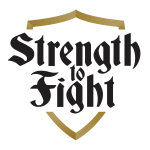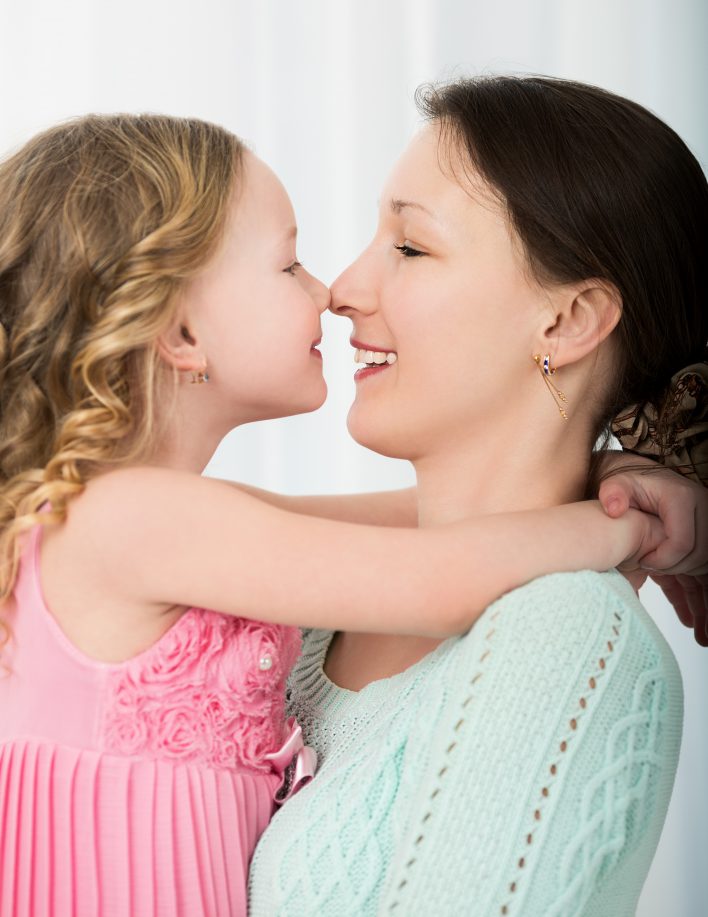Guest Author:
We’re getting smarter about the risks involved with repeated exposure to pornography. We are beginning to acknowledge that even young children are vulnerable to the lure of online pornography. Yet we still get stuck finding the right way to give our children the support they need.
As a parent, I know I have to be the one to warn my children about the dangers of pornography. I need to teach them why it is harmful and help them develop a strategy to reject it. But knowing what I need to do and doing it are two very separate things. When it comes down to it, the fear of saying or doing the wrong thing has kept me from moving forward in the past.
How about you? Have you ever felt that way?
Three powerful concepts
To help me overcome my apprehension of tackling this subject I had to start looking at the conversation differently. Below are 3 powerful concepts which helped me gain the confidence I needed to talk openly with my kids about the harms of pornography.
- Honesty is the best policy
For some of us, just saying the word pornography can be a challenge. Ask yourself, “does it feel taboo or dirty to speak the word out loud?” If you’re like me, you might find yourself speaking in hushed tones and using awkward body language. Kids are quick to pick up on negative cues. If they sense you are uncomfortable, they will be less likely to share with you their own concerns —now and in the future.
Fortunately, children are also very forgiving. If you are upfront and honest about your insecurities, your kids are going to stick with you on this one.
Find a quiet moment with each child to talk one-on-one. Tell them outright that you would like to discuss pornography. Ask them to be patient as you learn to get comfortable with the subject matter. Let them know you will probably say something stupid along the way. Know that it’s ok to add a bit of humour and laugh at the awkwardness of the situation. Tell them it is worth putting yourself through any embarrassment because you love them so much. Let them know you would like to come back to this important topic regularly.
Hint: Practicing these conversations ahead of time with a spouse or friend is a good place to start to let go of your anxiety.
Bringing up difficult subjects at home actually puts them in the best possible context for children. It confirms their parents as a trustworthy source of information. This can increase the likelihood that they will come to you when they have concerns of their own on the subject.
- Value-added content
We may worry that talking about pornography with our kids could spark, or renew, a child’s interest in seeking out sexually explicit content. This is simply not true.
For me, I would get hung up on the idea that if I talked about pornography or sexual intimacy too early I would be robbing my kids of their childhood innocence. Eventually I realized that my silence was an open invitation for the media to teach my children instead of me or my spouse. I will tell you that revelation shed a whole new perspective on the conversation.
The internet is more than willing to teach our children about pornography. But it will not include family values as a part of the conversation. That would be like allowing tobacco companies to assume responsibility for teaching our children about the health risks of smoking. We all know how well that went…
I really can’t stress enough how important it is to discuss pornography within the context of our family values. When we do this we are acknowledging to our children that pornography does exist and that it can be openly talked about. We can help kids recognize why pornography is harmful. Finally, we can offer our children support and together develop strategies on how to create their own internal filters. For example, you might suggest that when a friend wants to show them a picture on their phone, it’s a really good idea to ask what it’s about before looking. Or, when they do encounter something that looks like pornography to turn away immediately and tell a trusted adult as soon as possible.
- Giving our children a plan
Imagine a young child stumbling across pornography for the first time, either by accident or being shown something from a friend. What kind of reaction might they have? … Curiosity? … Confusion? … Fear?
That fact is all human beings are biologically wired to be attracted to sexualized images regardless of age, race or gender. So when a child comes across pornography on their own they may experience shock, horror, and repulsion but they may also be intrigued, curious and feel a rush of pleasure.
Note: When an individual — child or adult — sees pornography a potent mix of chemicals floods the limbic region (reward pathway) of the brain. It is this response in the brain that triggers a response to view more pornography.
This strange mix of emotions can be very traumatic for someone who has never been warned about the dangers of pornography. Without a plan in place, the brain has to come up with a solution on the fly. Often the reward pathway is going to insist that it should see more of the same.
It is important to recognize that when we fail to address pornography in the home, we may actually be teaching our children to not come to us when they encounter “forbidden” material online. Common reasons children have for withholding information from their parents include:
- Fear of either getting in trouble
- Fear of disappointing their parents
- Lack of vocabulary to describe the problem
- Lack of understanding that they are in danger
On the other hand, when we do talk about pornography with our children we help them create a response in their brain that says, “hey this stuff is pornography, it’s dangerous, you need to go tell a parent!”
Finally, children should never be made to feel shame for viewing pornography, even if they have done so repeatedly. Instead, parents can ask about how pornography makes them feel. Parents can acknowledge that part of pornography’s hook is to make the viewer feel good but then leave them feeling empty and lonely afterwards.
Begin today
Every single time I have spoken with my kids about pornography we have grown stronger together. It didn’t matter if they were six or sixteen they wanted to hear what their parents had to say about this confusing topic. Not every conversation went smoothly for us. Both my husband and I have made mistakes along the way. When less-than-perfect happens, I find it best to take a step back, stop talking and really listen to my child’s concern.
If we think about this as a battle our kids have to face every day, we won’t want delay the conversation any longer. They need to know that we are their greatest ally. They are in the trenches; so we have to be the refuge from the storm.
By helping our children define what pornography is and why it is harmful we expose the porn industry as the common enemy. With our help they will have the strength to fight back.
Suggested Resources
How to introduce the topic of pornography to your 7-11 yr old: Good Pictures Bad Pictures
How to talk to your 10-18 yr old: How to talk to your kids about pornography
Accountability software for your family: Covenant Eyes
Internet Safety At Home: Kids Wifi or DNSThingy
 Marilyn Evans lives east of Toronto with her husband and five sons. Concerned with the ease of access to online pornography, she began searching for ways to address this subject with her own children. The lack of support and information available to parents, compelled her to begin speaking out publicly on the subject. She hopes that her blog: parentsaware.info provides parents with a resource they can turn to for answers on how to speak openly and honestly with their children. You can follow @parentsaware on Facebook, Twitter and Instagram.
Marilyn Evans lives east of Toronto with her husband and five sons. Concerned with the ease of access to online pornography, she began searching for ways to address this subject with her own children. The lack of support and information available to parents, compelled her to begin speaking out publicly on the subject. She hopes that her blog: parentsaware.info provides parents with a resource they can turn to for answers on how to speak openly and honestly with their children. You can follow @parentsaware on Facebook, Twitter and Instagram.

